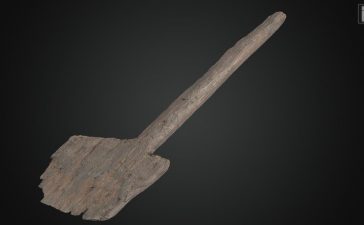If there is one word I would use to describe Virginia Tech men’s basketball this year it would be… bland.
There just wasn’t a lot of juice with this team. They had a pretty average roster with some standout individuals, but no one good enough to finish better than third team all-conference. Their style of play wasn’t aesthetically pleasing. Sure, the Hokies were never bad. They just weren’t all that great. They’re the basketball equivalent of dining at a five-star restaurant just to order a burger and fries: it’ll fill you up some, but you’re left feeling like you missed out.
Virginia Tech entered the year as a bubble team, and that’s exactly how they played. They hovered around 50th-65th in KenPom and the NET for almost the entire season. They had some good wins against Boise State and Iowa State, but also some head-scratching losses to ACC bottom-feeders. Losing Rodney Rice in the preseason did nothing but narrow their already thin margin for error.
Today is the first installment of my postseason autopsy of the 2023-24 Virginia Tech men’s basketball season. In Part I, I’ll focus on the season in a nutshell: where the Hokies excelled, where they struggled, and the shortcomings of the roster.
The Offense: Too Little, Too Late
Virginia Tech was a team that was extremely reliant on Sean Pedulla. Losing Rice, of course, meant the Hokies lost a secondary ball handler and shot creator. Given how M.J. Collins struggled offensively for most of the year, and how little we saw of Brandon Rechsteiner and Jaydon Young, that was a big deal. (In my view, Rechsteiner’s lack of minutes was one of the most disappointing aspects of this season.)
Pedulla was therefore asked to bear a bigger load, which is why he finished with an absurdly high usage rate: 30.7%, the second-highest in the ACC and fourth among high-major players.
As I have noted before, this is pretty abnormal for a Young point guard. It’s helpful to think of point guards in this offense not as the engineer driving the play but a cog in a machine. You have primary reads on a pass, then make secondary reads as you move and cut and screen off the ball. It’s not a traditional “pick-and-roll” offense where the point guard feeds a rolling big; there’s a lot more off-ball screening and true motion than most systems.
As such, Young’s teams have typically had a point-forward who can make plays and distribute the ball at a high rate. (If you go back to his Wofford days, the 6-foot-8 Cameron Jackson fit this model, and for the last three years at Virginia Tech that player was Justyn Mutts.)











